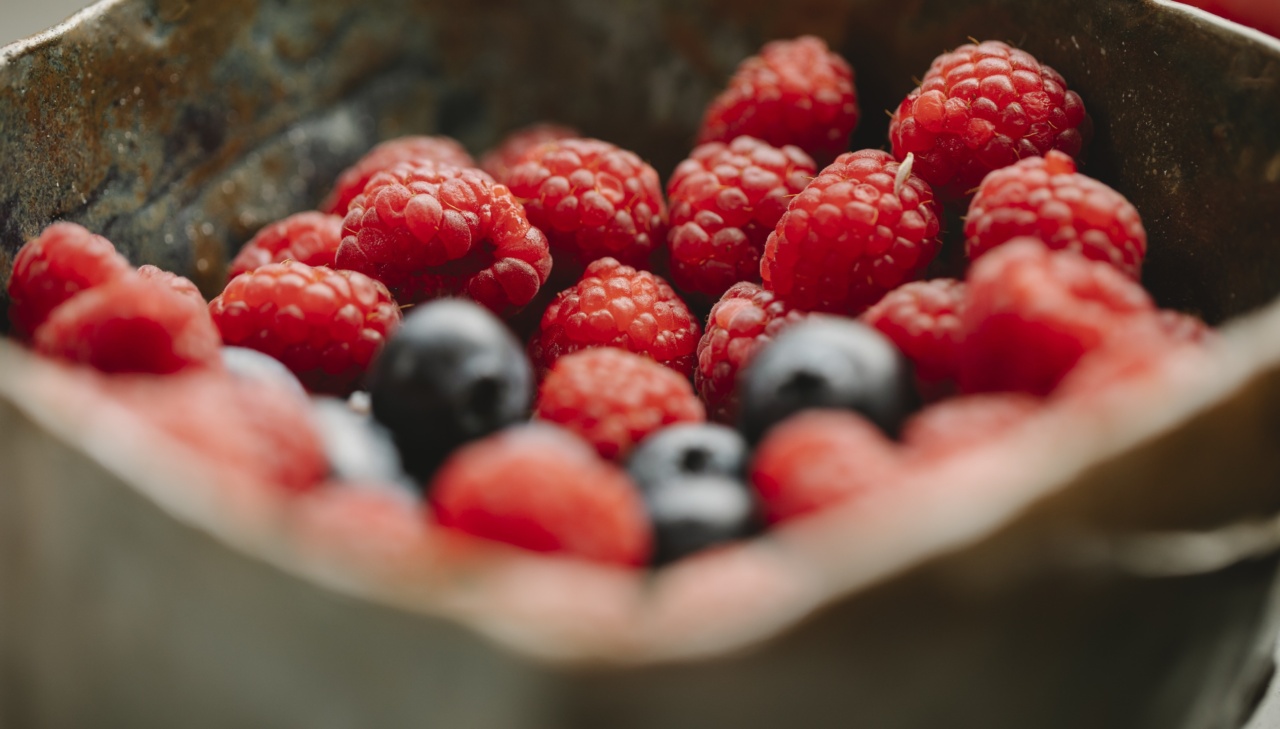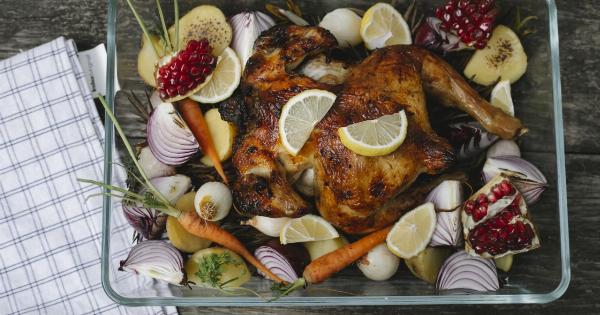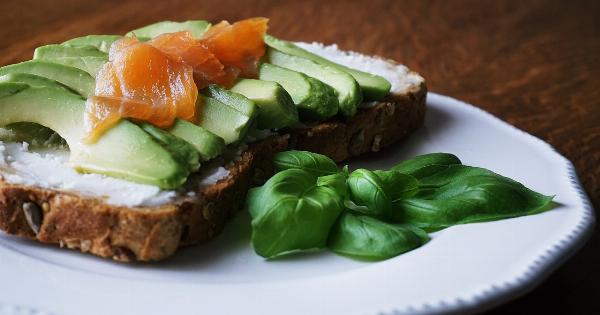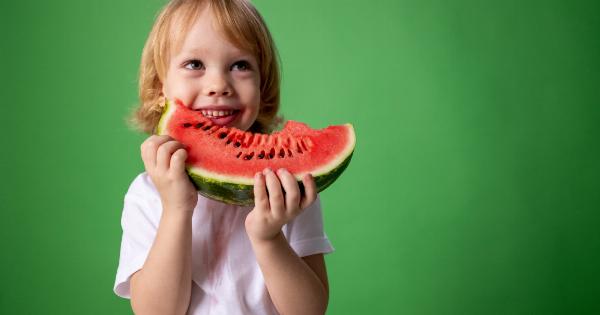When it comes to protein, most people immediately think about meat. However, thanks to growing concerns about health, the environment, and animal welfare, many individuals are seeking alternative protein sources.
Whether you’re a vegetarian, vegan, or simply looking to reduce your meat consumption, there are numerous options to choose from. In this article, we will explore twenty alternative protein sources that can help you diversify your diet and add extra nutrients to your meals.
1. Lentils
Lentils are a nutritious and versatile plant-based protein source. They are packed with fiber, folate, and iron. Lentils can be cooked in various ways, making them perfect for soups, stews, salads, and even burgers.
They are also cost-effective, making them an excellent choice for those on a budget.
2. Quinoa
Quinoa is a complete protein, meaning it contains all nine essential amino acids that our bodies need. It is also high in fiber and rich in minerals such as magnesium and phosphorus.
Quinoa can be used as a base for salads, buddha bowls, or as a substitute for rice or pasta.
3. Chickpeas
Chickpeas, or garbanzo beans, are another versatile alternative protein source. They can be used to make hummus, vegan patties, curries, or roasted as a crispy snack. Chickpeas are high in protein, fiber, and several vitamins and minerals.
4. Tofu
Tofu is a popular protein source for vegetarians and vegans. Made from soybeans, it is low in calories and high in protein. Tofu absorbs flavors well, making it a great addition to stir-fries, salads, or even desserts.
5. Tempeh
Tempeh is another soy-based protein source that originates from Indonesia. It is made by fermenting soybeans, giving it a nutty flavor and firm texture. Tempeh is a good source of protein, fiber, and several important minerals.
It can be grilled, sautéed, or crumbled into dishes.
6. Seitan
Seitan, also known as wheat meat or wheat gluten, is a high-protein product derived from wheat. It has a meat-like texture, making it a popular choice among individuals transitioning to a plant-based diet. Seitan can be grilled, roasted, or stir-fried.
7. Spirulina
Spirulina is a blue-green algae that is incredibly nutritious. It contains all essential amino acids and is rich in vitamins, minerals, and antioxidants. Spirulina can be consumed as a supplement, added to smoothies, or incorporated into energy bars.
8. Chia Seeds
Chia seeds are tiny black seeds that are packed with protein, fiber, omega-3 fatty acids, and various minerals. They can absorb liquid and turn into a gel-like consistency, making them a popular addition to puddings, smoothies, and baked goods.
9. Hemp Seeds
Hemp seeds are a great source of plant-based protein, healthy fats, and minerals. They have a nutty flavor and can be sprinkled on top of salads, yogurt, or added to smoothies. Hemp seeds can also be used to make dairy-free milk.
10. Edamame
Edamame, or young soybeans, are a popular snack in Asian cuisine. They are rich in protein, fiber, and several vitamins and minerals. Edamame can be boiled or steamed and enjoyed as a snack or added to salads, stir-fries, or soups.
11. Black Beans
Black beans are a staple in many Latin American dishes and are a good source of protein, fiber, and antioxidants. They can be used to make delicious veggie burgers, tacos, soups, and stews.
12. Green Peas
Green peas may be small, but they are mighty in terms of nutrition. They contain protein, fiber, and a variety of vitamins and minerals. Green peas can be added to salads, side dishes, stir-fries, or mashed into spreads.
13. Nutritional Yeast
Nutritional yeast is a deactivated yeast that adds a cheesy flavor to dishes. It is often fortified with vitamin B12, making it a popular choice among vegans who may have difficulty obtaining this vitamin.
Nutritional yeast can be sprinkled over pasta, salads, or used in dressings and sauces.
14. Buckwheat
Buckwheat is a gluten-free pseudo-grain that is high in protein, fiber, and minerals. It can be used to make porridge, pancakes, or as a base for salads and grain bowls.
15. Amaranth
Amaranth is another gluten-free pseudo-grain that is packed with protein, fiber, and iron. It can be used to make porridge, added to soups, or cooked as a side dish.
16. Mushrooms
Mushrooms are a unique plant-based protein source that can be sautéed, grilled, or baked. They add a savory flavor and meaty texture to dishes. Portobello mushrooms, in particular, can be used as a burger patty substitute.
17. Pumpkin Seeds
Pumpkin seeds, or pepitas, are a great source of protein, healthy fats, and minerals. They can be roasted and enjoyed as a snack, added to granola or salads, or used to make dairy-free pesto.
18. Greek Yogurt
Greek yogurt is a protein-rich dairy option for those who are not vegan or lactose intolerant. It contains probiotics and can be used as a base for smoothies, dressings, or enjoyed on its own with fruits and nuts.
19. Almonds
Almonds are not only a great source of protein but also healthy fats, fiber, and various minerals. They can be enjoyed raw, roasted, or used to make almond milk or almond butter.
20. Cottage Cheese
Cottage cheese is a type of cheese that is low in fat and high in protein. It can be used as a spread, added to salads, or used in baking as a substitute for cream cheese or ricotta.
Conclusion
As you can see, there are numerous alternative protein sources available for those looking to go beyond beef.
Whether you choose plant-based options like lentils, tofu, or quinoa, or opt for other alternatives such as cottage cheese or Greek yogurt, incorporating these protein-rich foods into your diet can provide a range of health benefits. By diversifying your protein sources, you can add exciting flavors and textures to your meals while also supporting your overall well-being.





























